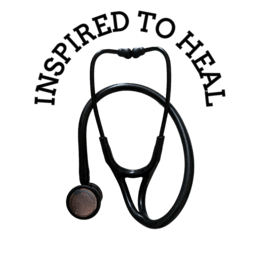Episodes
-
Chicken Livers in NYC & Guppies in Los Angeles: Public Health Responses with Sharon Balter

Dr. Sharon Balter, physician and poet, reflects on her career leading outbreak responses at the CDC, and the public health departments of New York City and Los Angeles. Drawing on her experiences at the Federal level and in the United States’ two largest local public health jurisdictions, she offers a rare insider perspective on the strengths and complexities of the U.S. federated public health system.
Amid unprecedented challenges facing the field, she also delivers an optimistic message about a career in public health, offering perspective, reassurance—a much-needed balm for a frustrated workforce.
Audio Players -
Public Health Crises from CDC to Alaska with Dr. Jay Butler
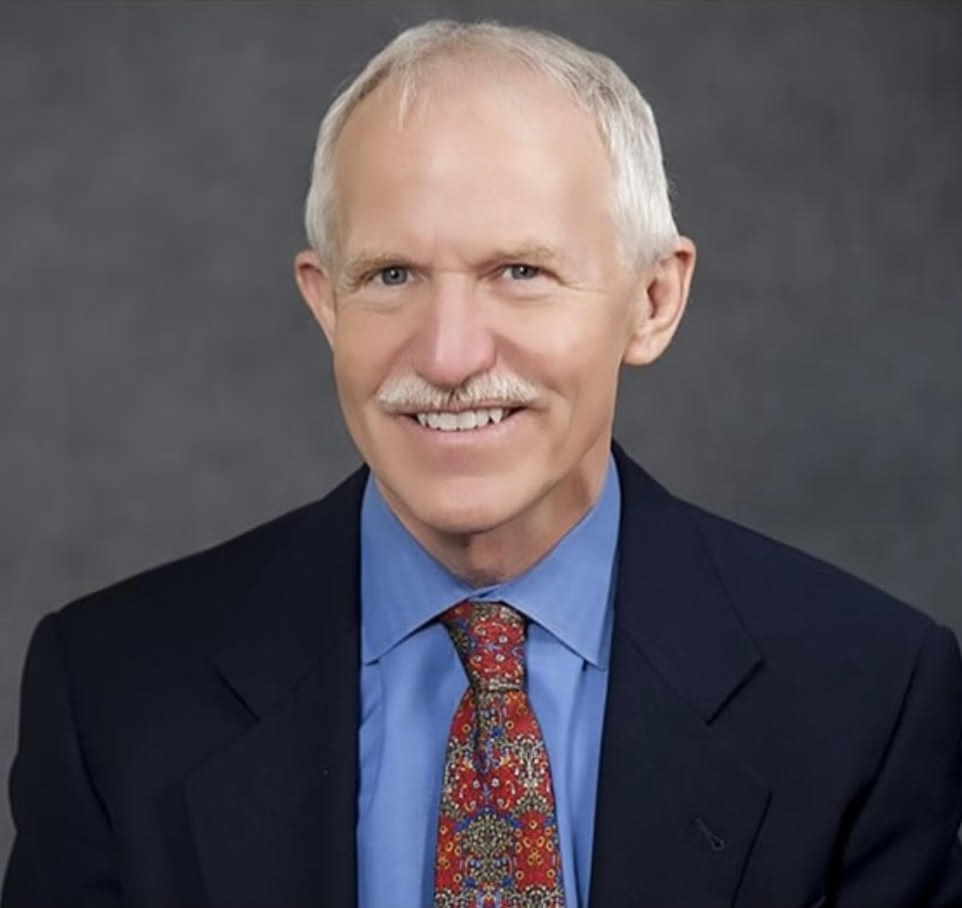
After attaining zoology and medical degrees, Dr. Jay Butler’s medical career took an unexpected turn when he discovered the world of public health through the CDC’s Epidemic Intelligence Service. That discovery set him on a path that led to impactful roles with the Alaska Department of Health, the Alaska Native Tribal Health Consortium, and the Centers for Disease Control and Prevention in Atlanta.
In every position, Jay sought out the latest crisis and in the spirit of the CDC’s mission, “ran to the fire.” His long and diverse career has given him a unique perspective on how public health agencies can collaborate with each other and with communities to advance health.
Now preparing to begin a new chapter as Dean of the University of Alaska College of Health, Jay reflects on the lessons, challenges, and motivations that have shaped his public health journey—and his drive for personal growth that keeps him motivated and continuously learning.
Audio Players -
FoodNet: Monitoring Foodborne Illness for the United States
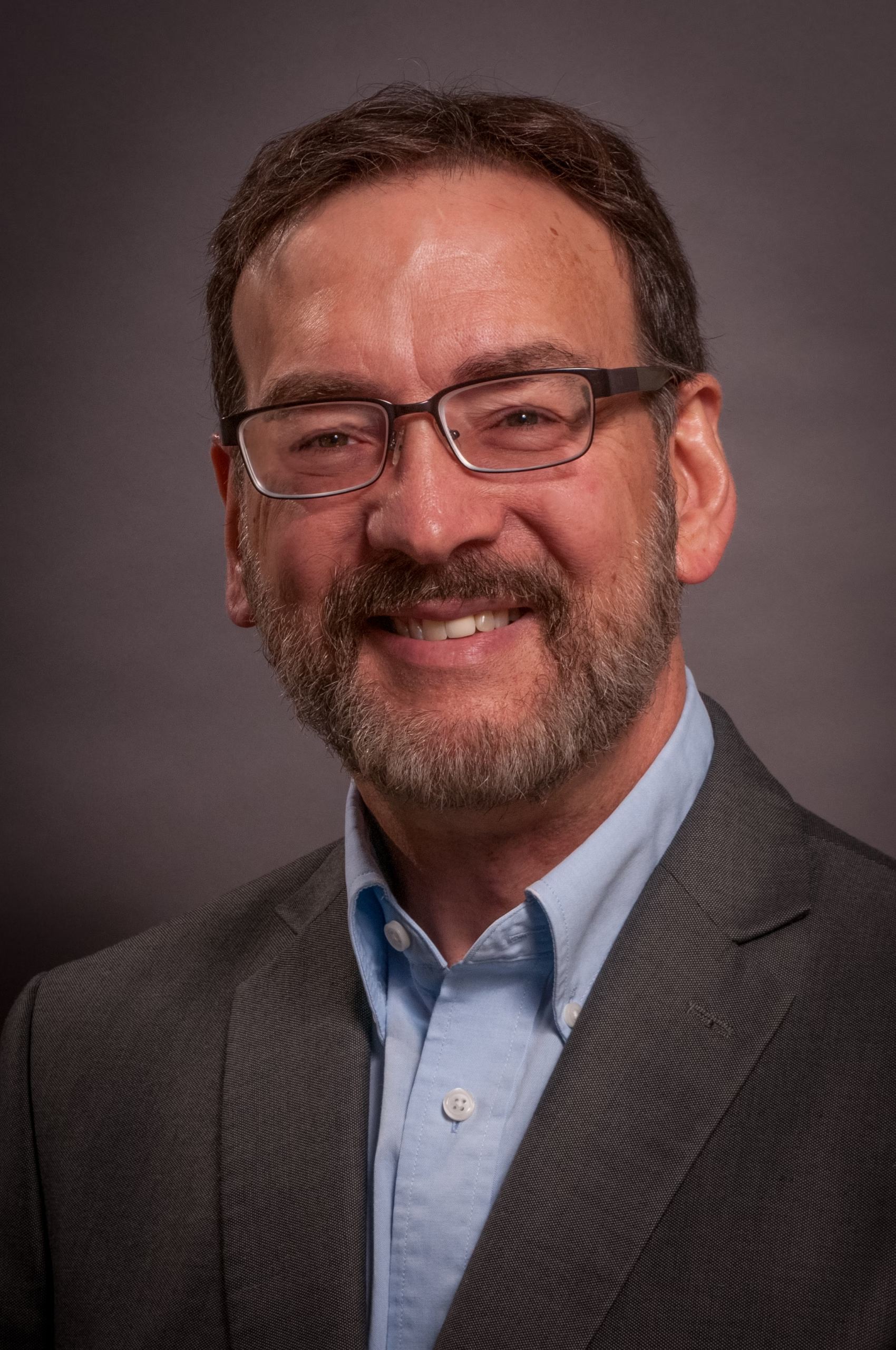
In the early 1990s, a devastating outbreak of contaminated beef led to kidney damage and death among children, sparking a call to action on food safety. In response, the CDC, USDA, FDA, and several state health departments launched FoodNet in 1995—a surveillance system designed to monitor the incidence and severity of foodborne illnesses across the United States.
Dr. Kirk Smith, an epidemiologist, veterinarian, and director of Minnesota’s FoodNet site, shares his insights from decades of work protecting the nation’s food supply. Dr. Smith discusses how FoodNet works, best practices in food safety, and a particularly unusual and interesting Salmonella outbreak in an elementary school.
Sample Initiated Foodborne Outbreak Detection
Audio Players -
See·Believe·Create, with Dr. Tom Frieden
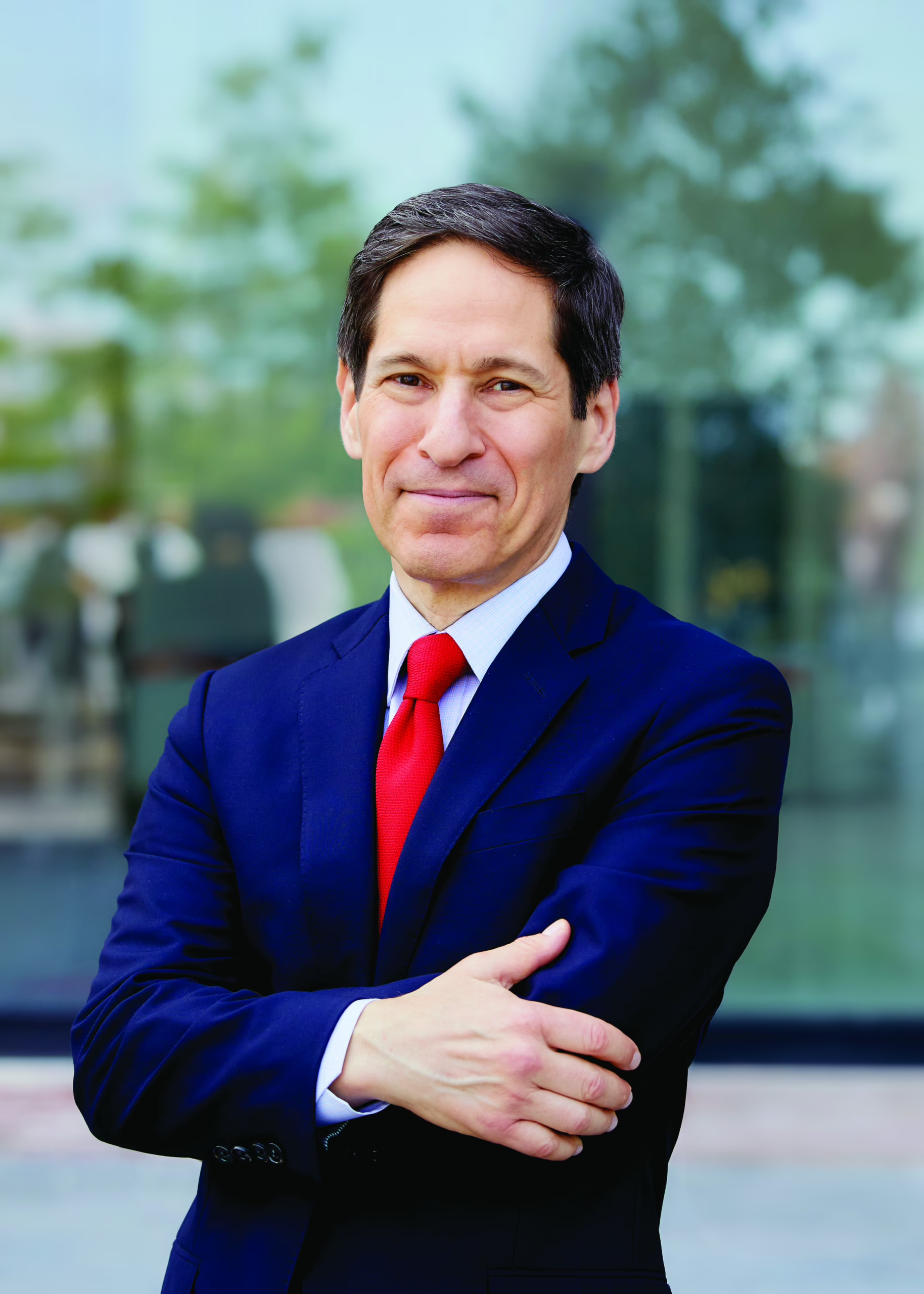
Dr. Frieden has led public health institutions through some of the most defining moments of our time—from his stewardship of New York City’s Department of Health to his leadership of the Centers for Disease Control and Prevention. In his new book, The Formula for Better Health: How to Save Millions of Lives—Including Your Own, he distills decades of experience into a powerful approach: See·Believe·Create. Dr. Frieden explains how rigorous surveillance and data serve as public health’s superpower, allowing leaders to identify needs, design effective programs, and measure life-saving impact. As President and CEO of Resolve to Save Lives, he works on a global scale, advancing efforts to prevent millions of premature deaths by treating hypertension and promoting healthy eating.
Through his optimistic and action-oriented perspective, we are reminded that—even amid today’s challenges—public health can transform and thrive.
Audio Players -
Ground Zero: Santa Clara County’s COVID Response
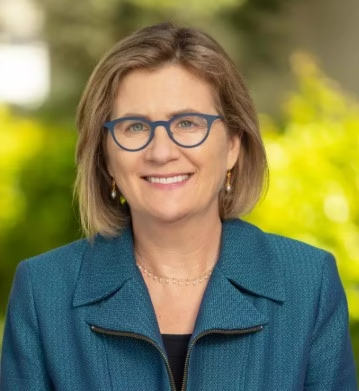
Dr. Sara Cody spent her career at Santa Clara County’s Department of Public Health. When COVID-19 first struck the United States, Santa Clara County was among the earliest and hardest hit. Dr. Cody reflects on the intense decision-making of those early days, the public’s fatigue and frustration, and the necessity of coordinating decision-making across public health jurisdictions. Drawing on her early training in CDC’s Epidemic Intelligence Service—where she investigated outbreaks linked to contaminated apple juice and raw milk—those formative experiences shaped her approach to managing the pandemic. Dr. Cody’s story is one of a deep sense of duty to community and an inside look at what it means to lead in local public health when decisions have enormous consequences.
Audio Players -
Battling TB: Science, Service, & Spirit
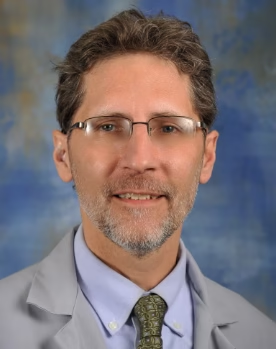
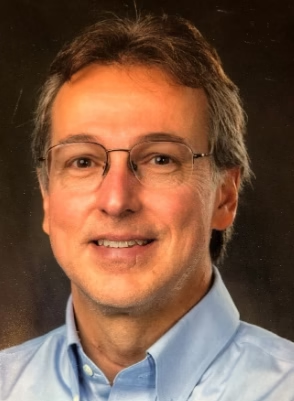
In the shadow of the HIV epidemic, Drs. Bill Clapp and Jim McAuley faced a growing tuberculosis crisis in the United States as frontline clinicians and public health leaders. In this episode, they discuss the science behind TB control, the values that guided their mission-driven work in government health systems, and the faith that sustained their commitment to service.
Bill, a pulmonologist, cared for patients in one of Chicago’s impoverished neighborhoods before transitioning to public health and eventually returning to clinical medicine at Cook County Hospital. Jim, an infectious diseases physician, trained at the CDC, helped build TB control programs in Chicago and Africa, and now serves as Clinical Director at the Whiteriver Indian Hospital in Arizona. They share how medicine, public health, and faith intertwined in shaping lives devoted to healing and service.

In the shadow of the HIV epidemic, Drs. Bill Clapp and Jim McAuley faced a growing tuberculosis crisis in the United States as frontline clinicians and public health leaders. In this episode, they discuss the science behind TB control, the values that guided their mission-driven work in government health systems, and the faith that sustained their commitment to service.
Bill, a pulmonologist, cared for patients in one of Chicago’s impoverished neighborhoods before transitioning to public health and eventually returning to clinical medicine at Cook County Hospital. Jim, an infectious diseases physician, trained at the CDC, helped build TB control programs in Chicago and Africa, and now serves as Clinical Director at the Whiteriver Indian Hospital in Arizona. They share how medicine, public health, and faith intertwined in shaping lives devoted to healing and service.Audio Players -
Toxic Burgers, Toxic Shock, & Vaccine Talk with Mike Osterholm
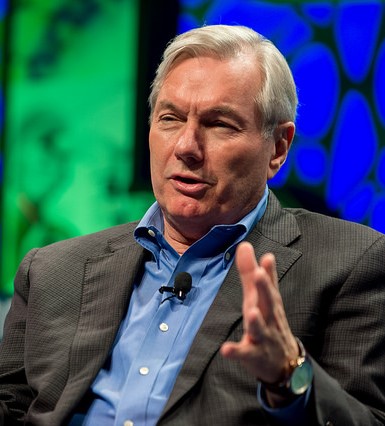
Public health expert Mike Osterholm discusses outbreak investigations, pandemics, and the risky path the US is taking abandoning innovative vaccine technology and issuing poorly-informed recommendations. Mike’s motivation to leave his small town in Iowa to become a disease detective was driven by a steady diet of “The Medical Detectives” by Berton Roueche. As an epidemiologist, he helped solve hamburger-associated thyrotoxicosis, a tampon-related epidemic of toxic-shock in 1980, and a decades-old cluster of mysterious pneumonia cases called “Austin pneumonia”. Recently, he directed his energy toward filling the gap created when CDC’s science-backed Advisory Committee on Immunization Practices was dismantled and replaced with political appointees. Mike’s new book “The Big One: How We Must Prepare for Future Deadly Pandemics” was published in September, 2025.
Audio Players -
Decoding a Legionnaires’ Outbreak, New York City

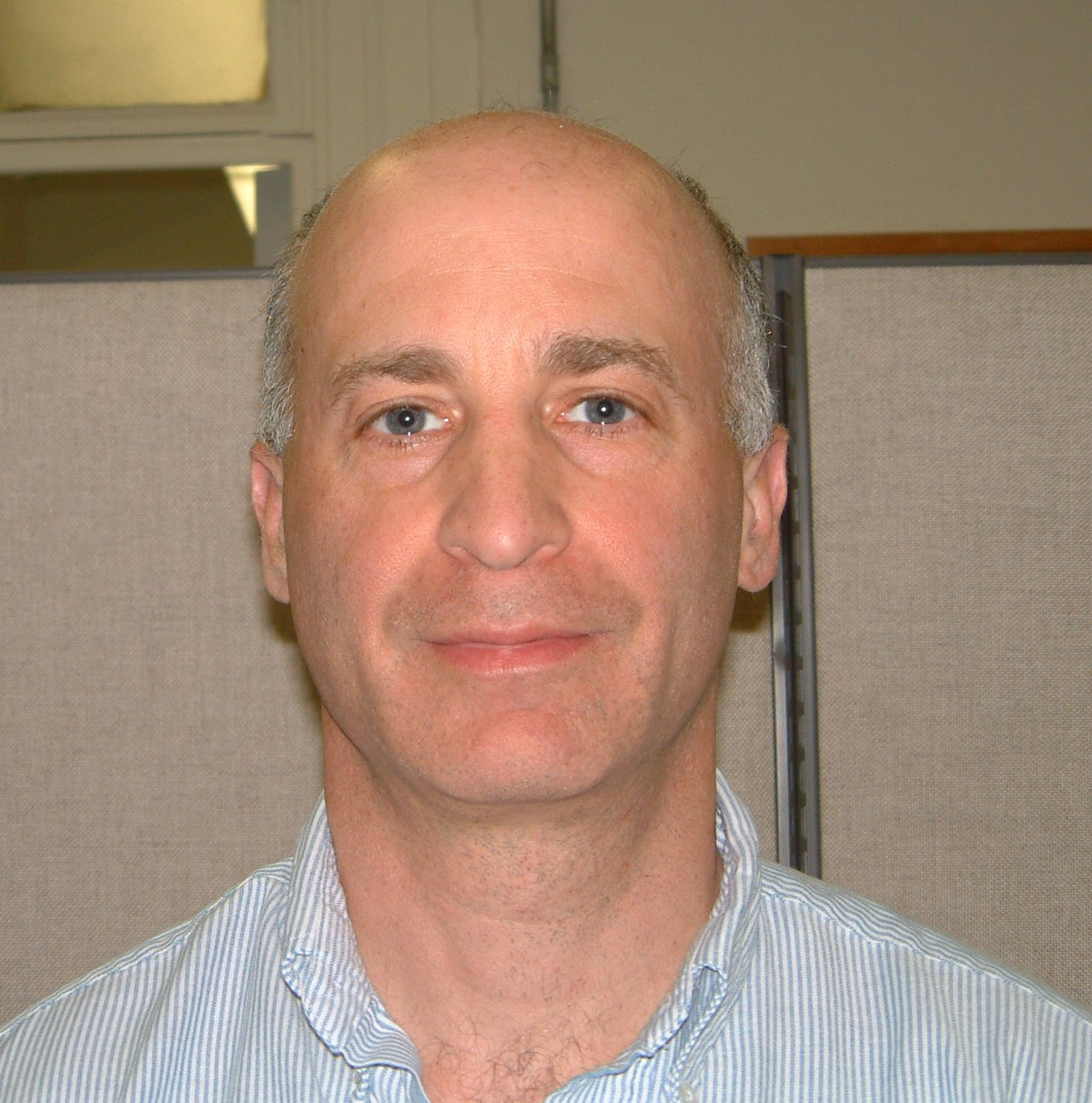
Using molecular methods and shoe-leather epidemiology, Don Weiss and Kim Musser teamed up to resolve a Legionnaires’ outbreak in the Bronx in 2015. It’s a classic tale of combining surveillance and field epidemiology with advanced molecular methods to pinpoint and eradicate the lethal source. Future deaths were prevented when the New York City Department of Health, the New York State Department of Health, and the CDC collaborated on this public health success story. You can read about this and other cases in Don’s new book Disease Detectives: True Stories of NYC Outbreaks. You can read about this and other cases in Don’s new book Disease Detectives: True Stories of NYC Outbreaks.


Using molecular methods and shoe-leather epidemiology, Don Weiss and Kim Musser teamed up to resolve a Legionnaires’ outbreak in the Bronx in 2015. It’s a classic tale of combining surveillance and field epidemiology with advanced molecular methods to pinpoint and eradicate the lethal source. Future deaths were prevented when the New York City Department of Health, the New York State Department of Health, and the CDC collaborated on this public health success story. You can read about this and other cases in Don’s new book Disease Detectives: True Stories of NYC Outbreaks.
Audio Players -
Drug Packaging Protects Patients with Laura Bix
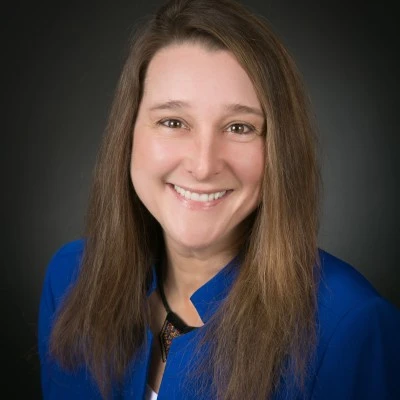
Professor Laura Bix, the Director of the School of Packaging at Michigan State University, is a national leaders in designing solutions for drug packaging that improves medication safety. Two catastrophic events, young children dying of aspirin toxicity during the 1940s and 1950s, and deaths due to intentional contamination of Tylenol with cyanide in the 1980s, prompted Federal agencies, industry, and academic partners to design child-resistant and tamper-evident drug packaging. The slogan for Professor Bix’s department speaks to their work, “It’s the industry that no one thinks about, but saves lives”.
The Tylenol Murders: Their Impact on Packaging
Audio Players -
Making Healthcare Safe for Patients and Staff with Denise Cardo and David Henderson
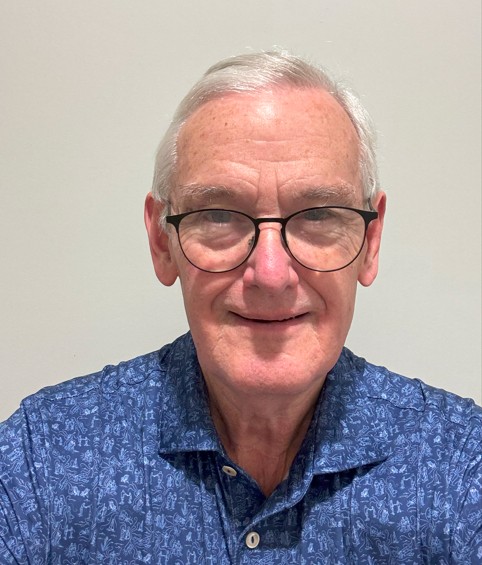

Dr. Denise Cardo and David Henderson are infectious diseases physicians and leaders in healthcare epidemiology—the medical discipline that studies the causes and solutions to prevent infections, use antibiotics wisely, and prevent the spread of “superbugs” in healthcare settings. Dr. Cardo led the Division of Healthcare Quality Promotion at the Centers for Disease Control & Prevention, and Dr. Henderson was the Associate Director of the NIH’s Clinical Center. They pioneered the practice of providing post-exposure prophylaxis to prevent HIV infection among healthcare workers exposed to blood through puncture wounds. Their research and collaboration saved the lives of countless healthcare workers. Epilogue by Dr. Julie Gerberding, who worked with Drs. Henderson and Cardo on post-exposure prophylaxis for healthcare workers.


Dr. Denise Cardo and David Henderson are infectious diseases physicians and leaders in healthcare epidemiology—the medical discipline that studies the causes and solutions to prevent infections, use antibiotics wisely, and prevent the spread of “superbugs” in healthcare settings. Dr. Cardo led the Division of Healthcare Quality Promotion at the Centers for Disease Control & Prevention, and Dr. Henderson was the Associate Director of the NIH’s Clinical Center. They pioneered the practice of providing post-exposure prophylaxis to prevent HIV infection among healthcare workers exposed to blood through puncture wounds. Their research and collaboration saved the lives of countless healthcare workers. Epilogue by Dr. Julie Gerberding, who worked with Drs. Henderson and Cardo on post-exposure prophylaxis for healthcare workers.
Audio Players -
Burn Unit to Microwave Safety with Marla Robinson and Kyran Quinlan
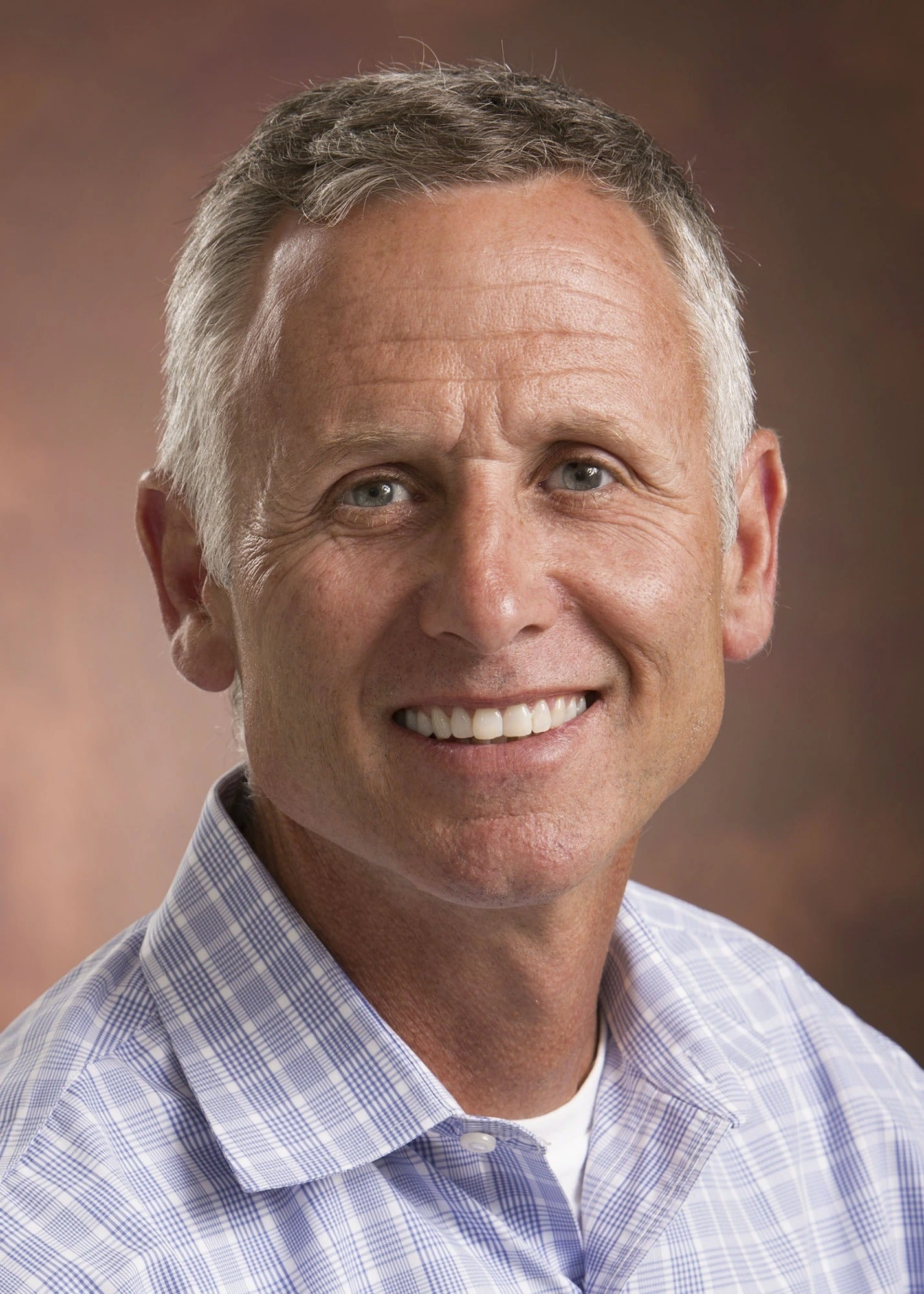
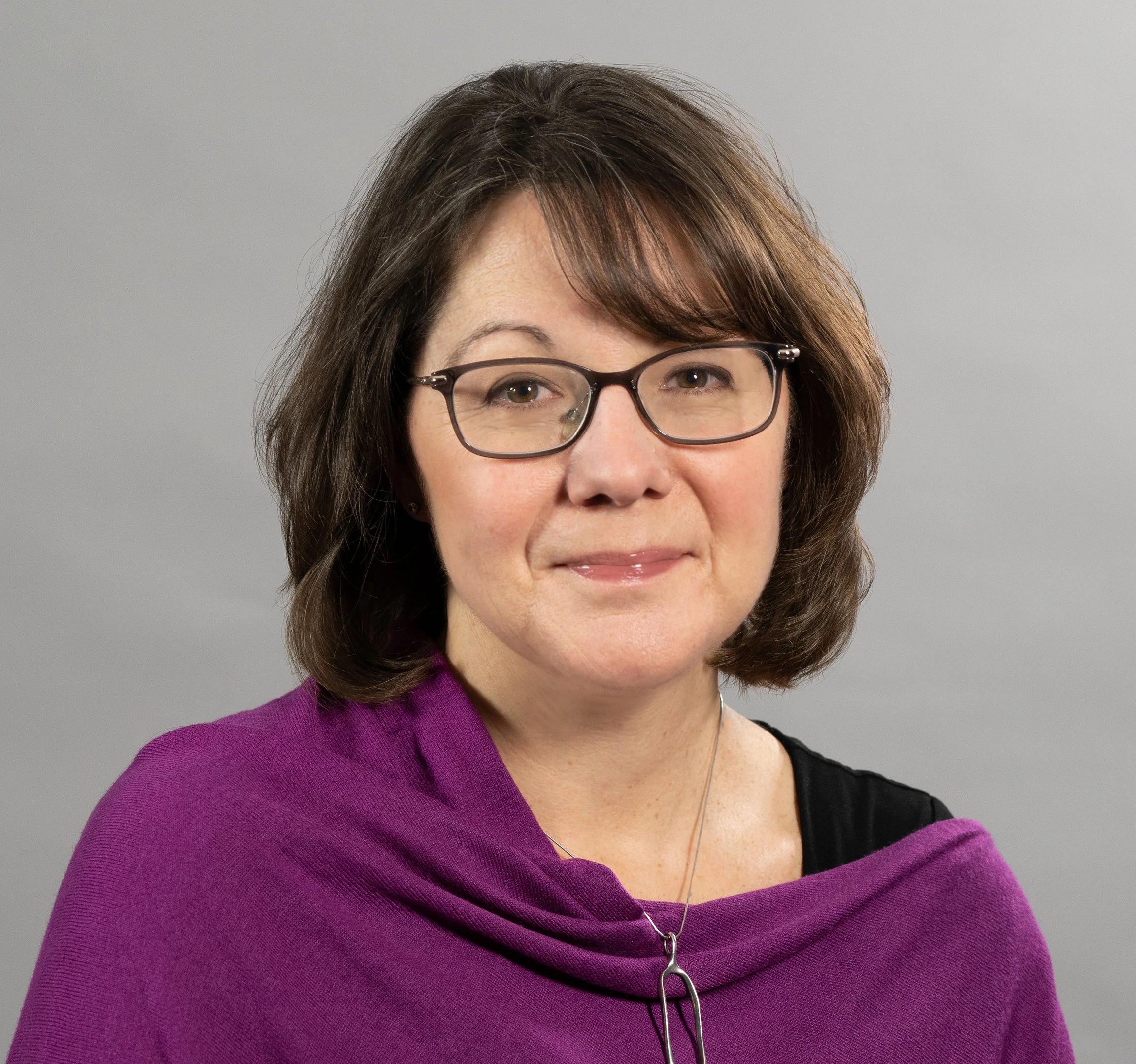
Pediatrician Kyran Quinlan and occupational therapist Marla Robinson witnessed severe scald burns among young children in their hospital’s burn unit. They embarked on an epidemiologic evaluation that turned into a nearly two-decades odyssey to improve microwave safety. They partnered with Underwriters Laboratory, the Consumer Products Safety Commission, impacted families, engineering and design students from Northwestern and the University of Michigan to child-proof future microwave ovens. They describe the challenges and the thrill of eventually seeing safer ovens on store shelves. Epilogue provided by Joe Musso, former Standards Program Manager at Underwriters Laboratory, who was responsible for microwave standards.
Will Consumer Safety Survive Partisan Pandering?

Pediatrician Kyran Quinlan and occupational therapist Marla Robinson witnessed severe scald burns among young children in their hospital’s burn unit. They embarked on an epidemiologic evaluation that turned into a nearly two-decades odyssey to improve microwave safety. They partnered with Underwriters Laboratory, the Consumer Products Safety Commission, impacted families, engineering and design students from Northwestern and the University of Michigan to child-proof future microwave ovens. They describe the challenges and the thrill of eventually seeing safer ovens on store shelves. Epilogue provided by Joe Musso, former Standards Program Manager at Underwriters Laboratory, who was responsible for microwave standards.
Will Consumer Safety Survive Partisan Pandering?Audio Players
-
Chicken Livers in NYC & Guppies in Los Angeles: Public Health Responses with Sharon Balter

Dr. Sharon Balter, physician and poet, reflects on her career leading outbreak responses at the CDC, and the public health departments of New York City and Los Angeles. Drawing on her experiences at the Federal level and in the United States’ two largest local public health jurisdictions, she offers a rare insider perspective on the strengths and complexities of the U.S. federated public health system.
Amid unprecedented challenges facing the field, she also delivers an optimistic message about a career in public health, offering perspective, reassurance—a much-needed balm for a frustrated workforce.
Audio Players -
Public Health Crises from CDC to Alaska with Dr. Jay Butler

After attaining zoology and medical degrees, Dr. Jay Butler’s medical career took an unexpected turn when he discovered the world of public health through the CDC’s Epidemic Intelligence Service. That discovery set him on a path that led to impactful roles with the Alaska Department of Health, the Alaska Native Tribal Health Consortium, and the Centers for Disease Control and Prevention in Atlanta.
In every position, Jay sought out the latest crisis and in the spirit of the CDC’s mission, “ran to the fire.” His long and diverse career has given him a unique perspective on how public health agencies can collaborate with each other and with communities to advance health.
Now preparing to begin a new chapter as Dean of the University of Alaska College of Health, Jay reflects on the lessons, challenges, and motivations that have shaped his public health journey—and his drive for personal growth that keeps him motivated and continuously learning.
Audio Players -
FoodNet: Monitoring Foodborne Illness for the United States

In the early 1990s, a devastating outbreak of contaminated beef led to kidney damage and death among children, sparking a call to action on food safety. In response, the CDC, USDA, FDA, and several state health departments launched FoodNet in 1995—a surveillance system designed to monitor the incidence and severity of foodborne illnesses across the United States.
Dr. Kirk Smith, an epidemiologist, veterinarian, and director of Minnesota’s FoodNet site, shares his insights from decades of work protecting the nation’s food supply. Dr. Smith discusses how FoodNet works, best practices in food safety, and a particularly unusual and interesting Salmonella outbreak in an elementary school.
Sample Initiated Foodborne Outbreak Detection
Audio Players -
See·Believe·Create, with Dr. Tom Frieden

Dr. Frieden has led public health institutions through some of the most defining moments of our time—from his stewardship of New York City’s Department of Health to his leadership of the Centers for Disease Control and Prevention. In his new book, The Formula for Better Health: How to Save Millions of Lives—Including Your Own, he distills decades of experience into a powerful approach: See·Believe·Create. Dr. Frieden explains how rigorous surveillance and data serve as public health’s superpower, allowing leaders to identify needs, design effective programs, and measure life-saving impact. As President and CEO of Resolve to Save Lives, he works on a global scale, advancing efforts to prevent millions of premature deaths by treating hypertension and promoting healthy eating.
Through his optimistic and action-oriented perspective, we are reminded that—even amid today’s challenges—public health can transform and thrive.
Audio Players -
Ground Zero: Santa Clara County’s COVID Response

Dr. Sara Cody spent her career at Santa Clara County’s Department of Public Health. When COVID-19 first struck the United States, Santa Clara County was among the earliest and hardest hit. Dr. Cody reflects on the intense decision-making of those early days, the public’s fatigue and frustration, and the necessity of coordinating decision-making across public health jurisdictions. Drawing on her early training in CDC’s Epidemic Intelligence Service—where she investigated outbreaks linked to contaminated apple juice and raw milk—those formative experiences shaped her approach to managing the pandemic. Dr. Cody’s story is one of a deep sense of duty to community and an inside look at what it means to lead in local public health when decisions have enormous consequences.
Audio Players -
Battling TB: Science, Service, & Spirit


In the shadow of the HIV epidemic, Drs. Bill Clapp and Jim McAuley faced a growing tuberculosis crisis in the United States as frontline clinicians and public health leaders. In this episode, they discuss the science behind TB control, the values that guided their mission-driven work in government health systems, and the faith that sustained their commitment to service.
Bill, a pulmonologist, cared for patients in one of Chicago’s impoverished neighborhoods before transitioning to public health and eventually returning to clinical medicine at Cook County Hospital. Jim, an infectious diseases physician, trained at the CDC, helped build TB control programs in Chicago and Africa, and now serves as Clinical Director at the Whiteriver Indian Hospital in Arizona. They share how medicine, public health, and faith intertwined in shaping lives devoted to healing and service.

In the shadow of the HIV epidemic, Drs. Bill Clapp and Jim McAuley faced a growing tuberculosis crisis in the United States as frontline clinicians and public health leaders. In this episode, they discuss the science behind TB control, the values that guided their mission-driven work in government health systems, and the faith that sustained their commitment to service.
Bill, a pulmonologist, cared for patients in one of Chicago’s impoverished neighborhoods before transitioning to public health and eventually returning to clinical medicine at Cook County Hospital. Jim, an infectious diseases physician, trained at the CDC, helped build TB control programs in Chicago and Africa, and now serves as Clinical Director at the Whiteriver Indian Hospital in Arizona. They share how medicine, public health, and faith intertwined in shaping lives devoted to healing and service.Audio Players -
Toxic Burgers, Toxic Shock, & Vaccine Talk with Mike Osterholm

Public health expert Mike Osterholm discusses outbreak investigations, pandemics, and the risky path the US is taking abandoning innovative vaccine technology and issuing poorly-informed recommendations. Mike’s motivation to leave his small town in Iowa to become a disease detective was driven by a steady diet of “The Medical Detectives” by Berton Roueche. As an epidemiologist, he helped solve hamburger-associated thyrotoxicosis, a tampon-related epidemic of toxic-shock in 1980, and a decades-old cluster of mysterious pneumonia cases called “Austin pneumonia”. Recently, he directed his energy toward filling the gap created when CDC’s science-backed Advisory Committee on Immunization Practices was dismantled and replaced with political appointees. Mike’s new book “The Big One: How We Must Prepare for Future Deadly Pandemics” was published in September, 2025.
Audio Players -
Decoding a Legionnaires’ Outbreak, New York City


Using molecular methods and shoe-leather epidemiology, Don Weiss and Kim Musser teamed up to resolve a Legionnaires’ outbreak in the Bronx in 2015. It’s a classic tale of combining surveillance and field epidemiology with advanced molecular methods to pinpoint and eradicate the lethal source. Future deaths were prevented when the New York City Department of Health, the New York State Department of Health, and the CDC collaborated on this public health success story. You can read about this and other cases in Don’s new book Disease Detectives: True Stories of NYC Outbreaks. You can read about this and other cases in Don’s new book Disease Detectives: True Stories of NYC Outbreaks.


Using molecular methods and shoe-leather epidemiology, Don Weiss and Kim Musser teamed up to resolve a Legionnaires’ outbreak in the Bronx in 2015. It’s a classic tale of combining surveillance and field epidemiology with advanced molecular methods to pinpoint and eradicate the lethal source. Future deaths were prevented when the New York City Department of Health, the New York State Department of Health, and the CDC collaborated on this public health success story. You can read about this and other cases in Don’s new book Disease Detectives: True Stories of NYC Outbreaks.
Audio Players -
Drug Packaging Protects Patients with Laura Bix

Professor Laura Bix, the Director of the School of Packaging at Michigan State University, is a national leaders in designing solutions for drug packaging that improves medication safety. Two catastrophic events, young children dying of aspirin toxicity during the 1940s and 1950s, and deaths due to intentional contamination of Tylenol with cyanide in the 1980s, prompted Federal agencies, industry, and academic partners to design child-resistant and tamper-evident drug packaging. The slogan for Professor Bix’s department speaks to their work, “It’s the industry that no one thinks about, but saves lives”.
The Tylenol Murders: Their Impact on Packaging
Audio Players -
Making Healthcare Safe for Patients and Staff with Denise Cardo and David Henderson


Dr. Denise Cardo and David Henderson are infectious diseases physicians and leaders in healthcare epidemiology—the medical discipline that studies the causes and solutions to prevent infections, use antibiotics wisely, and prevent the spread of “superbugs” in healthcare settings. Dr. Cardo led the Division of Healthcare Quality Promotion at the Centers for Disease Control & Prevention, and Dr. Henderson was the Associate Director of the NIH’s Clinical Center. They pioneered the practice of providing post-exposure prophylaxis to prevent HIV infection among healthcare workers exposed to blood through puncture wounds. Their research and collaboration saved the lives of countless healthcare workers. Epilogue by Dr. Julie Gerberding, who worked with Drs. Henderson and Cardo on post-exposure prophylaxis for healthcare workers.


Dr. Denise Cardo and David Henderson are infectious diseases physicians and leaders in healthcare epidemiology—the medical discipline that studies the causes and solutions to prevent infections, use antibiotics wisely, and prevent the spread of “superbugs” in healthcare settings. Dr. Cardo led the Division of Healthcare Quality Promotion at the Centers for Disease Control & Prevention, and Dr. Henderson was the Associate Director of the NIH’s Clinical Center. They pioneered the practice of providing post-exposure prophylaxis to prevent HIV infection among healthcare workers exposed to blood through puncture wounds. Their research and collaboration saved the lives of countless healthcare workers. Epilogue by Dr. Julie Gerberding, who worked with Drs. Henderson and Cardo on post-exposure prophylaxis for healthcare workers.
Audio Players -
Burn Unit to Microwave Safety with Marla Robinson and Kyran Quinlan


Pediatrician Kyran Quinlan and occupational therapist Marla Robinson witnessed severe scald burns among young children in their hospital’s burn unit. They embarked on an epidemiologic evaluation that turned into a nearly two-decades odyssey to improve microwave safety. They partnered with Underwriters Laboratory, the Consumer Products Safety Commission, impacted families, engineering and design students from Northwestern and the University of Michigan to child-proof future microwave ovens. They describe the challenges and the thrill of eventually seeing safer ovens on store shelves. Epilogue provided by Joe Musso, former Standards Program Manager at Underwriters Laboratory, who was responsible for microwave standards.
Will Consumer Safety Survive Partisan Pandering?

Pediatrician Kyran Quinlan and occupational therapist Marla Robinson witnessed severe scald burns among young children in their hospital’s burn unit. They embarked on an epidemiologic evaluation that turned into a nearly two-decades odyssey to improve microwave safety. They partnered with Underwriters Laboratory, the Consumer Products Safety Commission, impacted families, engineering and design students from Northwestern and the University of Michigan to child-proof future microwave ovens. They describe the challenges and the thrill of eventually seeing safer ovens on store shelves. Epilogue provided by Joe Musso, former Standards Program Manager at Underwriters Laboratory, who was responsible for microwave standards.
Will Consumer Safety Survive Partisan Pandering?Audio Players
